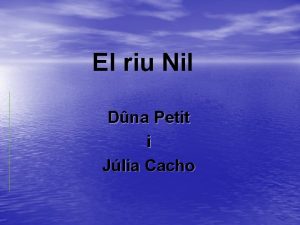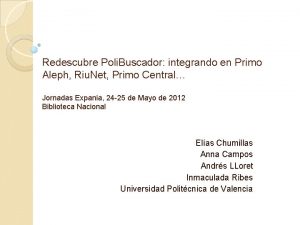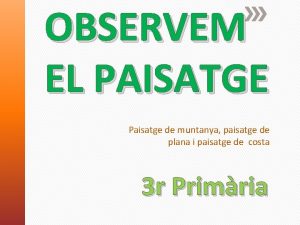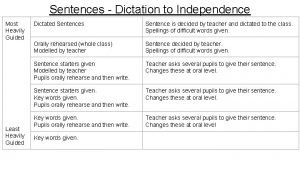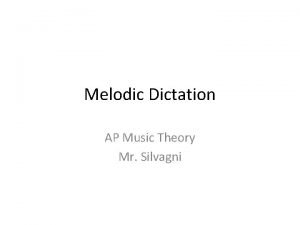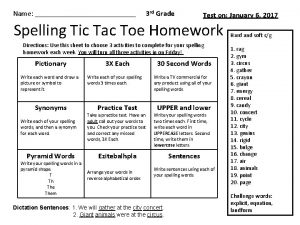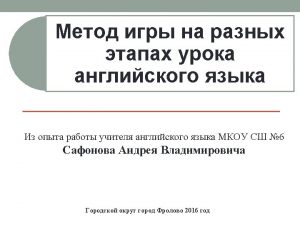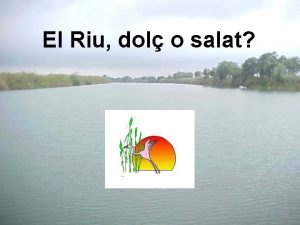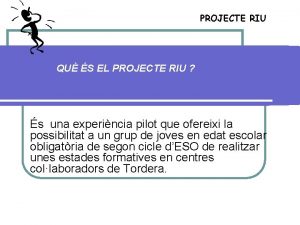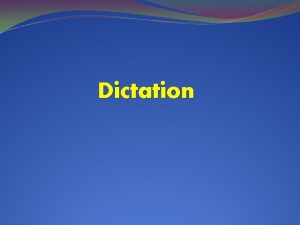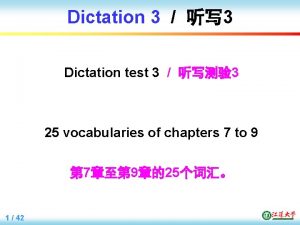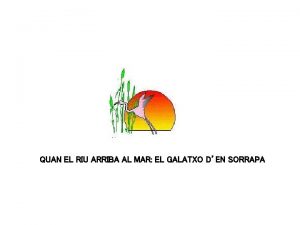Dictation Tr e takoto r te riu o














- Slides: 14

Dictation Tērā e takoto rā te riu o Waikato, e hahae tonu ana i te puku o te motu, ā, tuakina rawatia atu ki te tai hauāuru. Ko Te Heuheu i Tongariro te mātāpuna. Kei reira pea te toka i patukia e te taniwha, i pipī mai ai ko Waikato, ka ngaki mai i waenganui o Taupo, ka tītaha mai i a Te Arawa, kātahi ka kōpiko mai, ka whati, ka mārō, ka miri i te whenua, i te rākau, me te kohi haere i ngā awa ririki, i ngā awa nunui, i ngā rukenga o ngā repo. Tae rawa ake ki Ngā-rua-wāhia, ka tomo mai a Waipā. Nā reira i whakahiato mai ngā wairere o ngā whāwhārua o Maniapoto.

Positional Particles: ◦ Indicate the position of the action or the item described. ◦ te whare nei i karanga rā te kuia Directional Particles: ◦ Indicate the direction of an action taking place ◦ Haere mai! Heke iho!

Manner Particles: Appear in post posed periphery position Follow immediately after the base Describe the manner in which actions or items are seen. e. g. He pai rawa taua tangata That man is really good. E whakarongo rawa ana rātou. They are really listening.

Manner particles Rawa Tonu Noa Kē Kau Preposed periphery Base Postposed periphery He tangata pai rawa ia E whakarongo rātou ki a Winitana. rawa ana

pp. 26 -28 Rawa Emphasis, Intensive ◦ Very, really, too, actually He tino koretake rawa atu kōrua ki te mahi. ◦ You two are really absolutely hopeless at working. ◦ Finally, by the time Mate rawa ake ia, kua tupu ōna uri. ◦ By the time he died his descendants had grown up Mutu rawa atu tāna kōrero kōhete, ka tangi pai aua kōtiro. ◦ By the time she/he had finished growling, those girls were bawling. When this translation occurs, the verbal particle is omitted and rawa is followed by a directional particle.

Tonu ◦ Continuity Still, always, keep on ◦ Kei te haere tonu te hui. ◦ The meeting is still in progress. ◦ Intensity Just, really, quite, indeed ◦ Nāku tonu i mahi tēnā mea. ◦ I myself made that. ◦ Immediacy (as soon as) ◦ I muri tonu mai tēnei i tōna whānautanga. ◦ This was immediately after he was born.

Noa ◦ Implies an absence of limitations (just, merely, in vain, easily, randomly etc. ) ◦ He kōrero noa iho tēnei. ◦ Aa rapu noa, tē kitea This is just idle talk. They searched and searched in vain, she was not found. ◦ Me haere noa atu i te nuinga o tēnei whenua Let’s explore (randomly) all of this land ◦ E ngā mana e ngā reo puta noa i te motu nei. . . To the esteemed and the many voices throughout this land ◦ Quite, very, great ◦ He mahi ngawari noa iho tēnei. This is quite easy work.

Kē Difference (instead, different, other, unexpected, strange, away, elsewhere, otherwise, on the contrary etc. ) Nō Te Rarawa kē koe, ehara ko Ngāpuhi. ◦ You really belong to Te Rarawa (not) instead of Ngāpuhi Nō te tataunga o Taranga i āna tamariki, tokorima kē rātou, kāhore i tokowhā. ◦ When Taranga counted her children there were five insrtead of four

Kau Alone, empty, only, in vain ◦ E tu kau ana te tamaiti ◦ The child was standing there alone As soon as, when ◦ Waiata kau ana rātou i ā rātou ake waiata, ka mōhio te iwi ko wai te whānau nei ◦ As soon as they sang their own song, the people knew who this family was. ◦ NB: no verbal marker signals this translation Intensity (very, at all – with negatives) ◦ Hore kau he kai ◦ There was no food at all.

Manner Particles Describe the manner of the base preceding this particular particle Follow immediately after the base that they qualify Often followed by directional particles, which add specific meaning When the verbal particle is absent, the manner particle forces a particular meaning

Whakapākehātia 1. Ka roa, ka huakina e te tangata nei te tatau o te whare; kua kewa kē te rā ki runga, . . . 2. Ka puta te wahine nei ki waho, eke rawa ki runga ki tō rāua whare, . . . 3. Hei te ata-tū tonu ka haere te wahine tūrehu rā. 4. Ka hūtia ake ngā aho, kua pau noa atu ngā mōunu o ngā matau. 5. Koia te ingoa e karangatia nei ko Mitimiti kau ana.

Manner particles and concurrent suffix “passive concord” Kei te waiatatia tonutia aua waiata. Ka maharatia rawatia mātou ki a rātou mō ake tonu.

Dictation Mā wai rā e taurima Te marae i waho nei Mā te tika , mā te pono Me te aroha e Noho au, i taku whare Whakarongo ki te tangi A te manu, i rere i runga, Rere i waho nei

Tangihia ki muri nei Kua riro koutou Ki te iwi, i te rangi Ki Te Atua e! Ngā wawata, ngā roimata I maringi ki te pae Hei aha, hei huarahi Ki te Atua e!
 Bạn bè ríu rít tìm nhau
Bạn bè ríu rít tìm nhau On neix el riu nil
On neix el riu nil Jacqueline riu blois
Jacqueline riu blois Riu partner club
Riu partner club Buscador imagenes
Buscador imagenes Terreny per on corren les aigües d'un riu
Terreny per on corren les aigües d'un riu Paisatges de muntanya
Paisatges de muntanya Eremitage bedeutung
Eremitage bedeutung Rio de janeiro zanimljivosti
Rio de janeiro zanimljivosti Mechanical dictation
Mechanical dictation Subject complement
Subject complement Dictation sentences
Dictation sentences Melodic dictation tips
Melodic dictation tips Grade 1 dictation sentences
Grade 1 dictation sentences Mfl activities
Mfl activities

